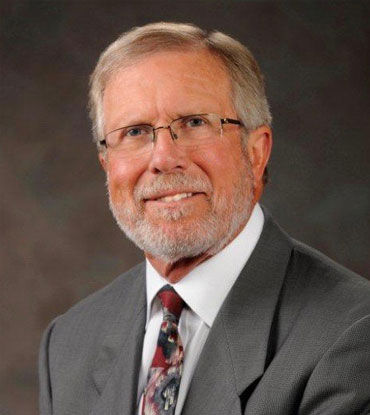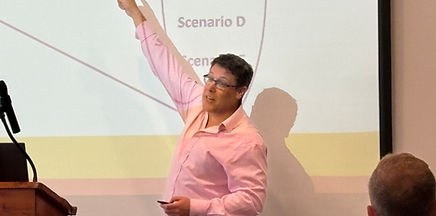
Grounded in Reality,
Focused on the Future



A Strategic Partnership for Green Bay's Tomorrow
Envision Greater Green Bay engages business, government, education and the nonprofit sectors to guide our community’s future.
A tax-exempt 501(c)3 nonprofit organization led by an executive director and a volunteer board, Envision Greater Green Bay anticipates and leads change by teaching and applying proven strategies that identify disruptors to shape a preferred future.
World Futures Day 2026


Toward a Thriving Future
PACKERS ANNOUNCE TONY PICHLER AS 2025
‘INSPIRE CHANGE CHANGEMAKER AWARD’ RECIPIENT
The Green Bay Packers have announced Tony Pichler as the team’s 2025 Inspire Change Changemaker, an annual award given to local leaders who are making a difference in their community across the NFL’s Inspire Change initiative’s four pillars of education, economic advancement, police-community relations, or criminal justice reform. An influential member of the Northeast Wisconsin community for more than 40 years, Pichler has worked tirelessly to provide essential services and support to those experiencing homelessness.
He co-founded St. John the Evangelist Homeless Shelter; the Micah Center, a daytime resource center for adults experiencing homelessness; and Whatsoever You Do, Inc., a nonprofit that provides outreach to seniors, disabled person and those in poverty. He currently serves as executive director for Envision Greater Green Bay, engaging businesses, government, education and nonprofits to lead change and guide the community’s future.
Pichler is the recipient of the 2024 Ambassador of Peace Award from St. Norbert College, the 2018 St. Norbert College Alumni Distinguished Achievement Award, the 2018 Faith That Works Award, the 2013 Volunteer Center of Brown County Adult Volunteer Award, the 2007 Abbot Pennings Council Knights of Columbus Knight of the Year Award and the 2002 Green Bay Drug Alliance Volunteer of the Year Award.
Pichler was recognized for his work at the Packers’ Inspire Change game on Saturday, Dec. 27, against the Baltimore Ravens. As the award recipient, Picher received a $10,000 donation from the NFL Foundation to the nonprofit organization of his choice, which he is splitting between Whatsoever You Do, Inc. and Envision Greater Green Bay.
Each NFL club annually recognizes a community leader for the Changemaker award.
Leaguewide, this year’s Changemakers include entrepreneurs, activists and advocates who were recognized and celebrated for their work – as individuals or as part of a community organization – before kickoff during the league’s annual Inspire Change Weeks during weeks 16 and 17.
"These 32 Changemakers represent the very best of what Inspire Change stands for – leaders who are transforming their communities through dedicated action,” said Anna Isaacson, NFL Senior Vice President of Social Responsibility. "They're proof that real transformation begins at the community level, led by people who show up, stay committed and do the work. The NFL and our clubs are proud to honor these individuals who inspire us all by showing us what meaningful progress looks like."
For more information on Inspire Change and the Changemaker Award, visit
NFL.com/Changemakers.



Envision Trio Presents Statewide
The trio of Devon Christianson, Randy Lawton, and Dave Wegge journeyed to Brookfield for the Wisconsin Non-Profit Summit on Thursday, July 24th to provide a workshop that gave an overview of Envision Greater Green Bay and the Strategic Foresight Analysis process to nearly 40 non-profit leaders from across the state. Good things are happening with Envision Greater Green Bay and these three are a vital part of this future-looking organization!



Signals to Watch
Engage with Envision

.jpg)
.jpg)